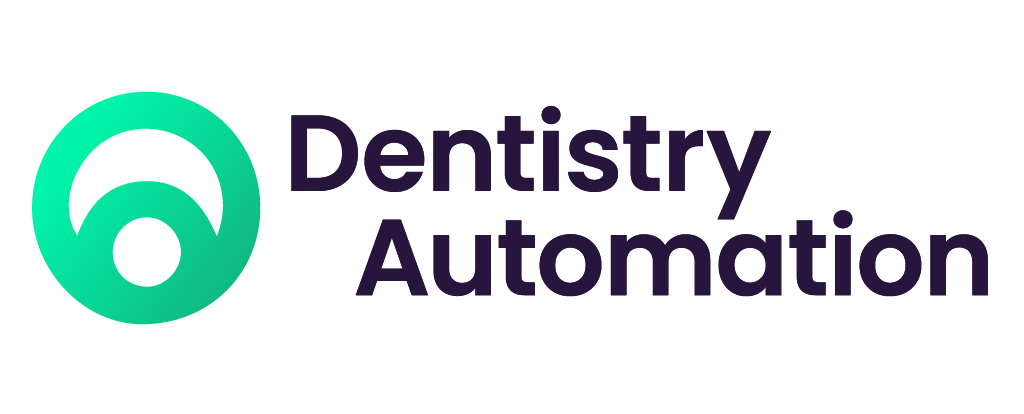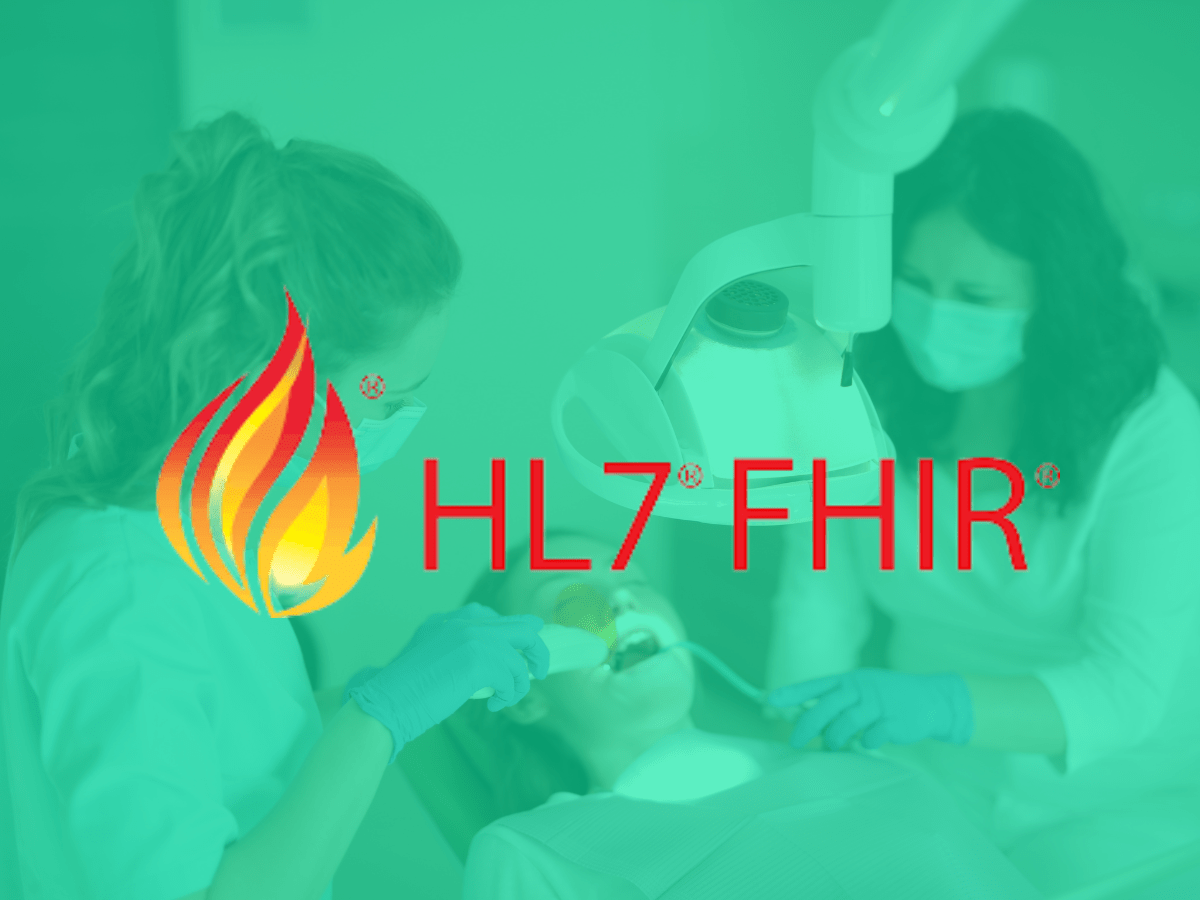Effective data sharing and interoperability have been generally challenging in the dental and healthcare industry. This has presented healthcare providers with a lot of challenges to provide better services. There’ve been active efforts going on to fix these issues. Did you know that interoperability can help cut down costs by $30B in the healthcare industry? This is possible with HL7 FHIR Integration standards.
Let us explore what is HL7 standard and FHIR standards, what is HL7 FHIR standard, and how they can help dental and other healthcare industries.
What is HL7 Standard and a Little History Lesson?
Health Level 7 (HL7) is a set of standards that defines a framework for how healthcare industries can share medical data, Personal Health Records (PHR), decision support, rules syntax, electronic health records, and any other clinical or patient data. In simple terms, it aims to simplify the healthcare standards for data sharing and interoperability.
In the early 1980s, there was barely any need to share and transfer a patient’s medical health information or any other clinical data. Things started taking a turn when many healthcare applications began popping up across the country. The need to share and uniformly interpret healthcare records and clinical data became a core necessity. The only problem was that there was no Dental HL7 standard like there is today.
So, experts and scientists from the healthcare industry formulated the HL7 International in 1987. This allowed for smoother integration, sharing, and transfer of medical healthcare records and data. This was accredited in 1994 by the American Nationals Standard Institute (ANSI). HL7 standards have continued to evolve and improve workflows throughout the healthcare industry, making it easier for healthcare providers to do their jobs efficiently and accurately. This, in turn, ensures the best quality care and services to consumers across the world.
There’ve been multiple versions of HL7 standards so far, and HL7 V2 is the most commonly used standard for data sharing across systems in healthcare. While HL7 V2 was introduced a long time ago (in 1989), it is still used by 95% of US healthcare facilities. HL7 V3 came out in 2005, to battle some of the inconsistencies of the earlier version of HL7.
The changes included:
- An implied data model.
- Set rules for messages and applications in clinical functions.
- The lack of formal methodologies with data modeling.
What is FHIR Standard?
HL7 had other versions like HL7 Clinical Document Architecture (CDA), HL7 Continuity of Care Document (CCD), and HL7 Electronic Health Records (EHR). What if you could pick the best features of HL7 V2, HL7 V3, and HL7 CDA and make another standard adding web service technologies? Well, that is where FHIR compliance brings itself to the core.
Fast Health Interoperability Resources (FHIR) is another healthcare standard that allows the presentation and exchange of electronic health records (EHR) via an application programming interface (API). By being an information network, FHIR lets you link data across disparate systems. It also allows the exchange of data between systems as a communication network.
FHIR compliance might be derived from the best features of the HL7 version but its design is HTTP- based RESTful web services. The user interface integration in FHIR is done with CSS and HTML. The data representation in FHIR uses RDF, XML, and JSON. Some of the important features of FHIR include:
- Redefined resources are used for FHIR.
- It is a model that’s used for global data standardization.
- Data types and redefined resources benefit from FHIR extensions.
- Dental and other healthcare facilities find it much easier to read and generate reports with various analytics tools.
HL7 FHIR Standard R4 Implementation Scope in Dental
The HL7 CDA® R2 Implementation Guide: Dental Data Exchange and HL7 FHIR® R4 Implementation Guide: Dental Data Exchange were developed simultaneously.
There are 7 FHIR profiles:
- Dental Bundle
- Dental Referral Note
- Dental Service Request
- Dental Consult Note
- Dental Condition
- Dental Finding
- Dental Communication
Also, you’ll find 6 value sets:
- Dental Reason For Referral
- Dental Observation Codes ValueSet
- Dental Anatomy
- Oral Cavity Area ValueSet
- Tooth Identification ValueSet
- Dental Category
There are four use cases of HL7 FHIR® R4 Implementation in common dental information exchange. They have been listed below in 4 different scenarios:
- Scenario 1: Medical to Dental Referral Note
- Scenario 2: Dental to Medical Consult Note
- Scenario 3: Dental to Dental (Endodontist) Referral Note
- Scenario 4: Dental (Endodontist) to Dental (General Dentist) Consult Note
HL7 Integration Challenges
Despite being a few decades old, there a still quite a few challenges in integrating HL7 standards in dental and other healthcare sectors. Let’s see what those challenges are and how they affect data interoperability.
Misinterpretation and Variance in HL7 data semantics can cause issues
Dental practices and healthcare facilities have various interpretations of data based on the HL7 standards they use. The data is already complex enough in today’s rapidly evolving technology and methodologies – so much so that misinterpretation can create serious problems and risks of high impact. For example, multiple systems may have different interpretations of a single value. One system may register the value “ID” as “Insurance Detected” and other systems may register the same value as “Identification Document”.
There are several such examples where interfaces register different values. To prevent this from happening, every dental practice or healthcare facility must use a specific HL7 standard. However, failing to do so can cause serious issues with data and result in terrible data quality.
Simple Interfaces that eliminate data duplication
HL7 standards are meant to make data interoperability smoother and more predictable to help dental practices save time and energy. So, the application they use should be user-friendly without the need to duplicate the data that they already had on an EHR platform. Failing to create an optimal application could hamper the entire workflow and result in reduced efficiency. As a benchmark practice, the platform integrations should avoid such kinds of issues while importing from or exporting the data to EHR.
Data loss poses a threat
Even though using multiple EHRs is not the right choice for their dental practice, many dental practices are reluctant to complete EHR migration as a regular process for the fear of losing data. Delaying the much-needed updates in EHR is another cause of inefficiency and invariably leads to reduced productivity, as many dentists and their staff have to get data from multiple EHR systems. Needless to say, practices have to eventually opt for data migration to ensure data consistency and data alignment.
The best practice here is to prioritize important data and exclude obsolete data images, old lab reports, and any irrelevant data. They need to understand that data migration is not an easy task – It is a mandatory data optimization process – but unfortunately a process that can potentially drain a lot of time and resources, especially if it is not handled well.
Interface Programming can get quite complex
Integration and interface programming between 2 systems can be quite difficult and needs the hands of skilled programmers. It takes time to generate desired results and a lot of effort to monitor the interface, and test it constantly to prevent bugs and irregularities. Even with the HL7 standard, it gets messy as many dental practices have the resources to hire a team for integration.
HL7 has certain restrictions when it comes to app integrations
Healthcare and most dental practices require various software for managing their front desk work and other tasks. It could be insurance verification, claims tracking, generation of patient reports, and such.
HL7 though was not exactly developed for API interoperability and web-based applications. This means it can not integrate with all kinds of applications that are being developed for users. There are a few restrictions when it comes to data types it supports from such applications.
How to Solve HL7 FHIR Integration Challenges
While HL7 made data transfer and sharing much easier in the healthcare industry, it still fell short when it comes to certain features, requirements, and interoperability. There were security risks concerning storing Patient Health Records (PHR) in secondary databases and other issues like slow implementation and no access to real-time data.
Now, dental practices and healthcare providers could use APIs for secure EHR platform integrations. It offers real-time access to a practice’s data and smooth data exchange between administrative applications, clinics, and EHRs.
With a robust set of REST API integration, it becomes easier to read and write into EHRs. Integration is now quicker as the time is cut down to mere hours as opposed to months because the interface is managed by the API. Plus, the tools help you monitor and manage the environment for optimal performance. Users will never think about switching or abandoning platforms as the user experience would improve with integration.
Benefits of HL7 Integration with API
Dental practices and other healthcare organizations previously had a lot of trouble when sharing PHR and other essential clinical data. With HL7 FHIR API this has become a lot easier. Here are a few of the benefits of HL7 integration with API:
Researchers get access to resources
With sharing and transfer of clinical data made easier through HL7 FHIR, researchers can use the information to provide better services. Using critical dental and healthcare data, practices can better diagnose patients, use machine learning techniques for treatment, and analyze the financial aspects and business KPIs.
Integration with telehealth apps
The COVID pandemic had forced many dental and healthcare facilities to switch to online services. This has also led to the increase of telehealth apps and services in the healthcare industry. The number is a staggering 154% in March 2020 compared to March 2019. This still keeps on growing each year as the threat of COVID has not entirely been eliminated.
There’s no need to worry though because HL7 FHIR has allowed the dental industry to integrate all the essential patient data into these current telehealth apps. Everything from appointments and insurance checks to lab results has been integrated and constantly updated.
Patients now have control over their health
Did you know that many patients want to download their medical reports and data? According to Healthcare IT News, around 87% of patients would want to get access to their health data. Whether it’s X-Rays or any other reports. This improves patient care and retention as it helps them better understand their diagnoses. Also, allows them to take proper care.
This is possible with the help of HL7 FHIR integration which allows the merging of patient data with various apps targeted toward patients.
A global approach
With FHIR API integration, accessing sensitive clinical data is secure with a reliable data connection. Since FHIR can integrate any HL7 data with all kinds of devices, this means dental practices and clinics have multiple means to access this data. Both mobile devices and computers access EHR data.
This allows for faster data sharing between practices and patients. Also, it prevents excess paperwork that results from data duplication. Dentists and their staff can easily update patient updates in the application and access their entire medical history.
Wrapping Up
HL7 FHIR integration has opened up new pathways for the dental and healthcare industries for efficient sharing of EHR and PHR. Data can now be shared and accessed by even mobile phones, and utilized to generate machine-learning techniques that can provide better patient care.
BPK Tech has been offering FHIR API integration services to various dental practices and DSO across the country. Our experts have already done the same with American Dental Association (ADA) and are constantly working with them to integrate various PMS. Check out BPK Tech’s various services and contact us today for FHIR API integration.

